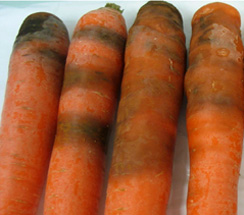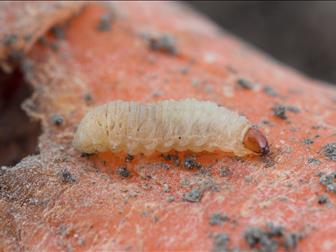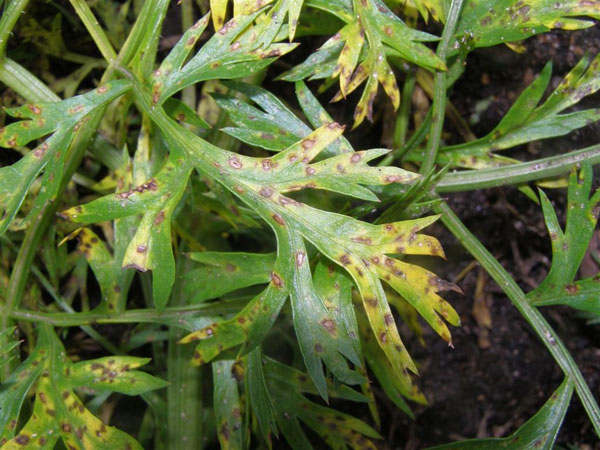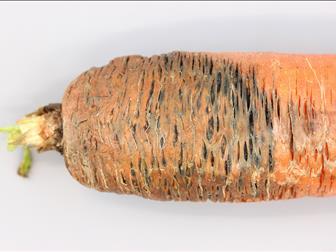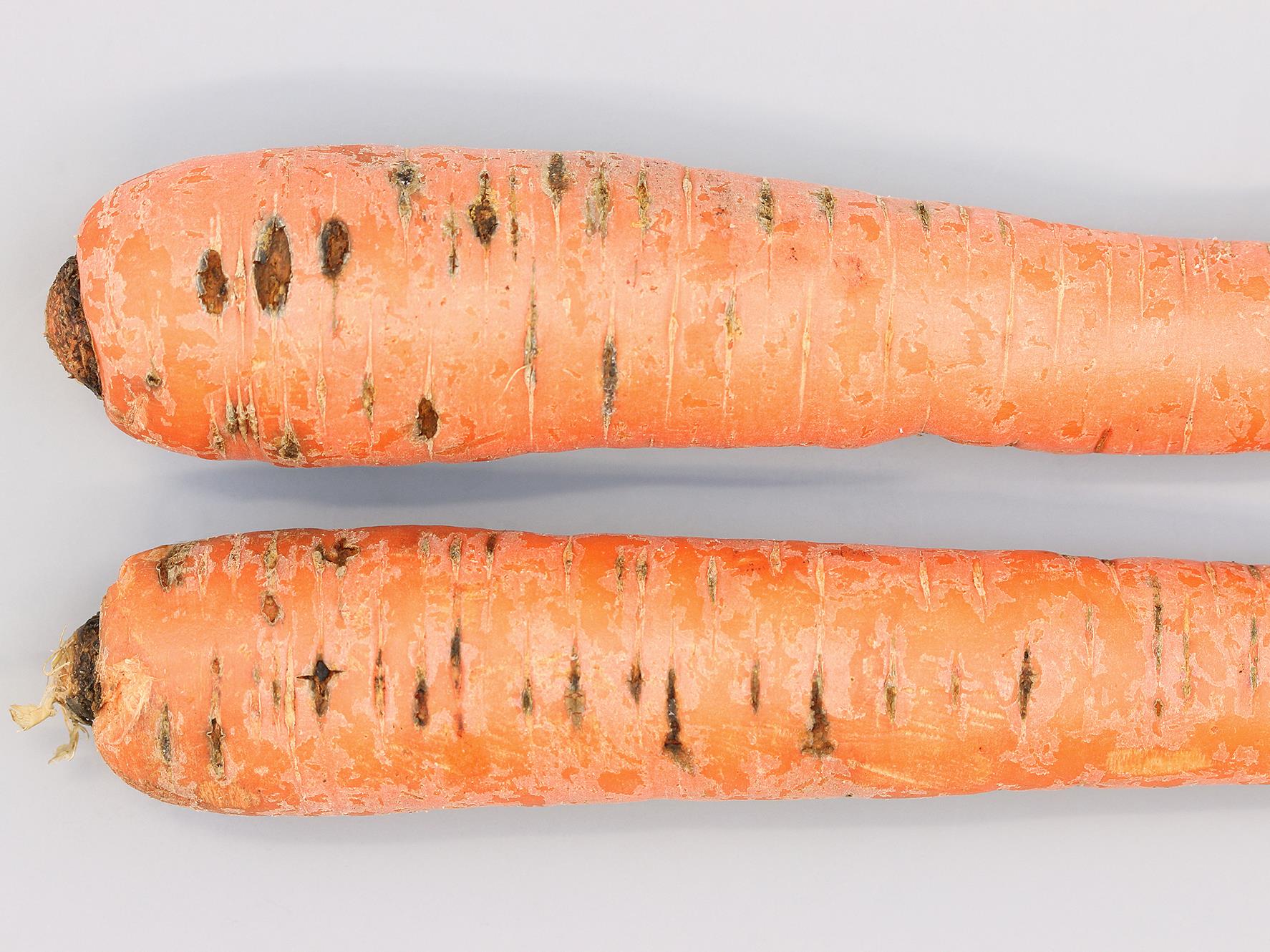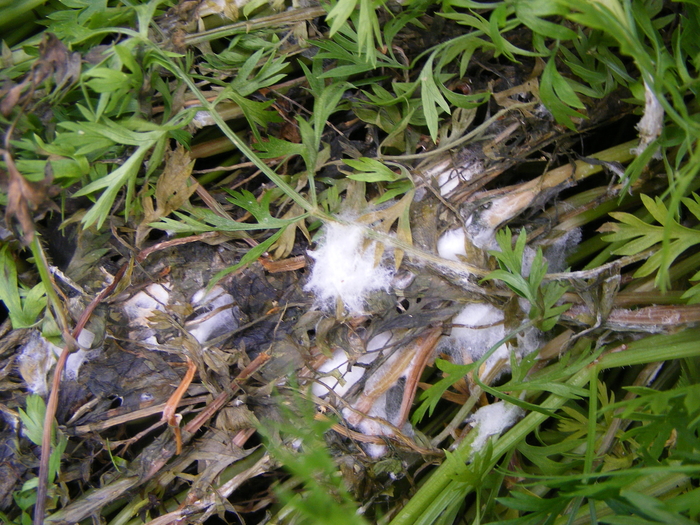
Zanahoria
How to recognize and combat carrot mottle virus
Carrot Mottle Virus
Virus
Type:
Risk to the plant:
HIGH
Virus Cmv
Pathogen:
Virus

WHO CAUSES IT?
Cucumber Mosaic Virus (CMV) is a widely distributed pathogen that affects numerous plant species, including carrot. This virus belongs to the Cucumovirus genus within the Bromoviridae family. CMV has a genome composed of single-stranded RNA and is known for its ability to infect a wide range of hosts. CMV transmission occurs primarily through insect vectors, especially aphids, which acquire the virus by feeding on infected plants and then spread it to healthy plants. The virus can replicate rapidly within plant cells, moving through the phloem and causing systemic symptoms. In addition to vector transmission, CMV can spread through infected seeds and contaminated growing tools.
SYMPTOMS
The disease caused by Carrot Spot Virus in carrots can be devastating, reducing both the quality and yield of the crop. CMV infection causes chlorotic Taches and mottling on leaves, as well as deformation and abnormal development of foliage. Affected plants may show significant dwarfing and reduced root production, which affects the marketability of the crop.
- Chlorotic Taches on the leaves
- Mottling on foliage
- Deformation of the leaves
- Abnormal foliage development
- Dwarfism
- Reduction in root production

DEVELOPMENT CONDITIONS
Temperature:
20°C - 30°C
Humidity:
60% - 80%
HOW IS IT SPREAD?
Insect vectors (aphids), Alternative host plants, Infected seeds, Contaminated cultivation tools, Movement of infested soil
HOW TO ELIMINATE IT?
Home treatments
There are no home treatments
Natural allies
Chemical treatments
RECOMMENDED PRODUCTS TO ELIMINATE THE PEST
REPELLENT PLANTS
RECOMMENDATIONS
Measures to control viruses in already infected plants:
• Remove and destroy infected plants to prevent the virus from spreading.
• Control insect vectors using chemical or biological methods.
• Disinfect cutting and agricultural tools between uses.
• Avoid reusing contaminated substrates or irrigation water for diseased plants.
Preventive measures to avoid viral infections:
• Use certified, virus-free seeds and seedlings.
• Establish physical barriers or trap crops against vectors.
• Rotate crops with species that do not host the virus.
• Promote biodiversity to reduce vector pressure.
• Maintain good field hygiene and constantly disinfect tools.
• Regularly monitor crops to detect early symptoms.







